Cart
1
Quantity
18,90 €
Product You May Also Like
Payment details
Sub Total
18,90 €
Shipping
Free!
Total
18,90 €
Apply

 Amore DI Puglia Pillow
Amore DI Puglia Pillow









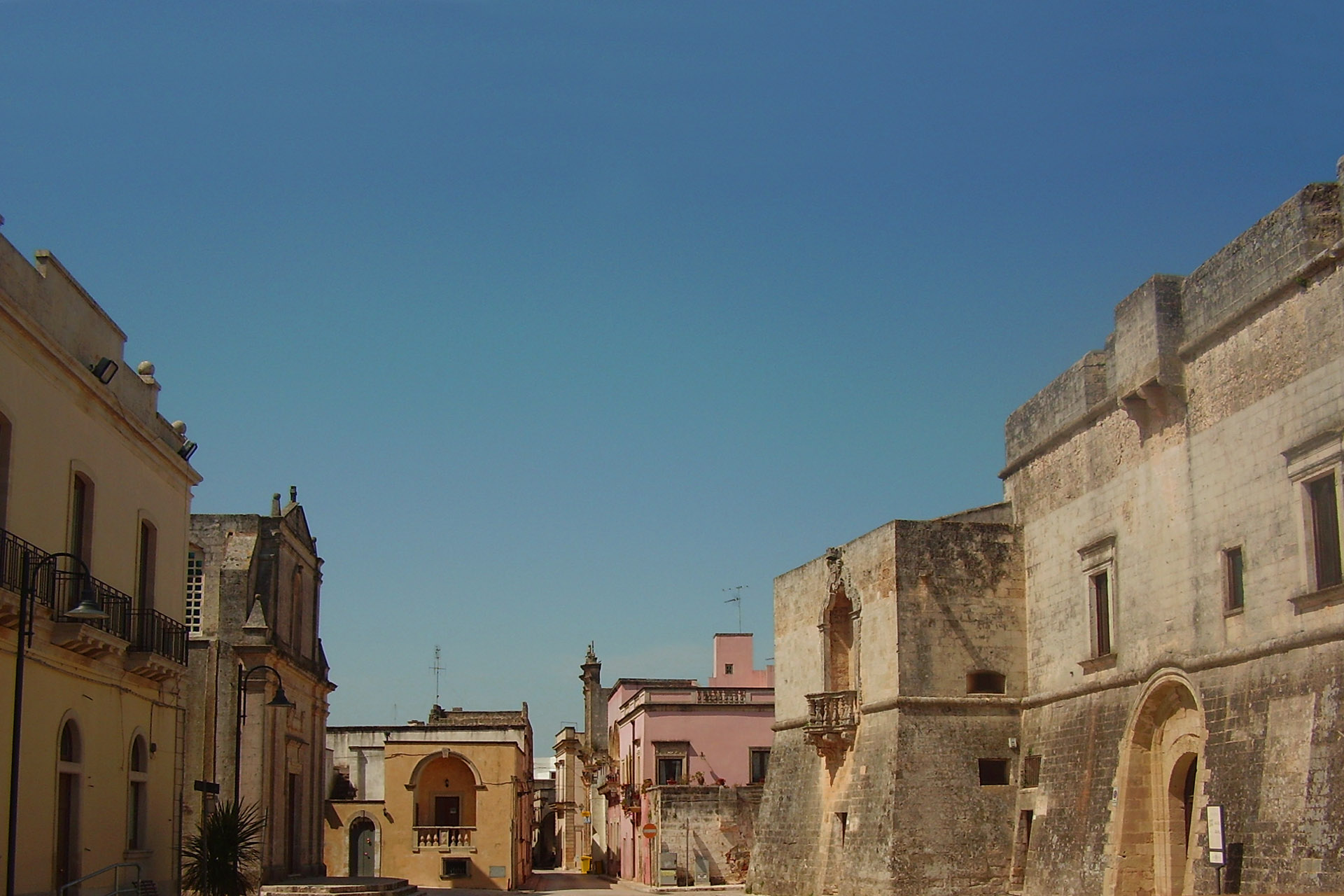
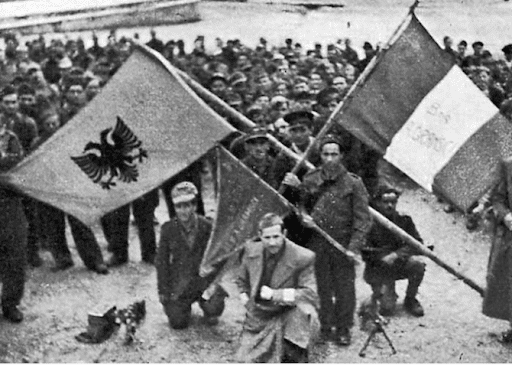
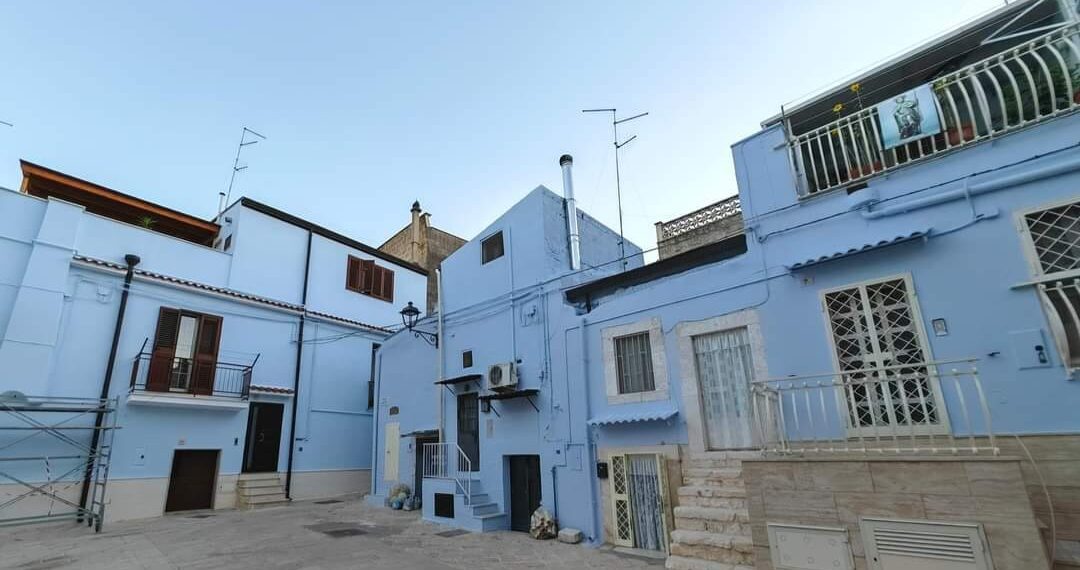
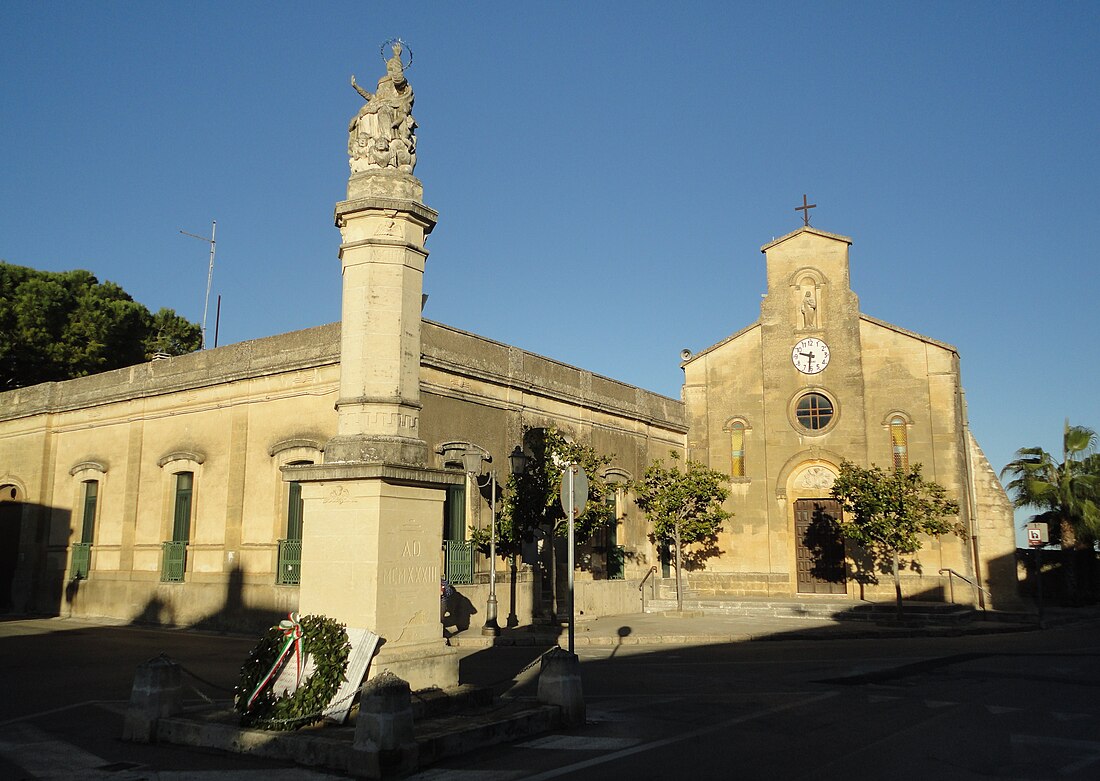
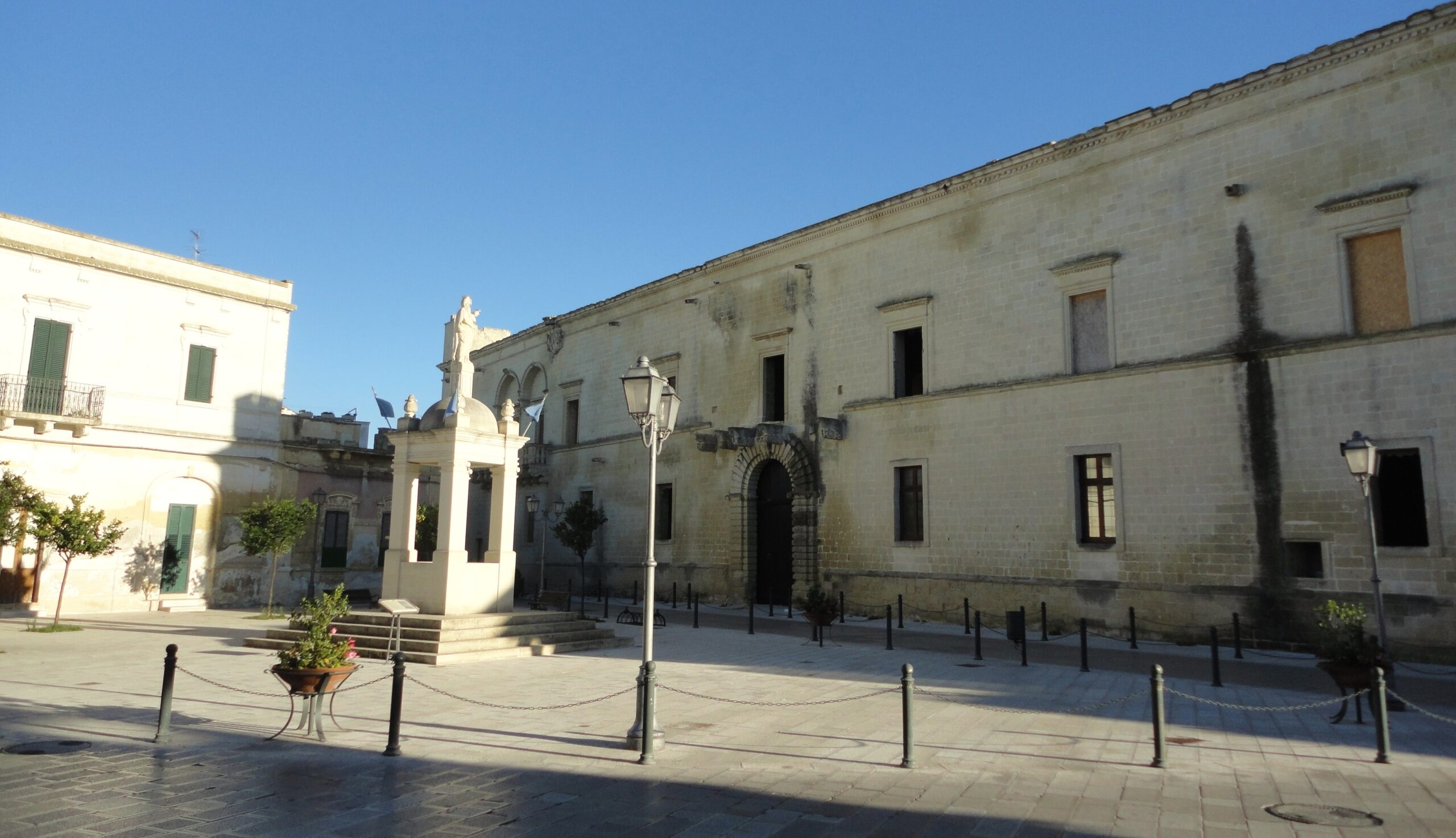




Leave a comment